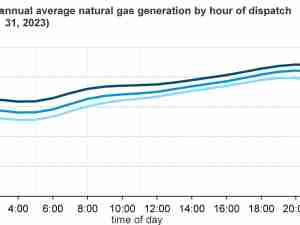Despite today’s mild decline, thinking that oil prices are still managing to keep their 40+ dollar levels in a market that is getting a daily bearish beating, we have to admit that oil has been resilient lately.
Monday’s slightly depressed price levels are caused by yet another trance of pessimism towards oil demand. Oil’s dear customer, China, looks like it’s scaling down its oil purchase appetite, also posting unexpectedly low economic growth in the previous quarter.
In Europe, another major market, more and more restrictions are being reinstated by the day to contain the booming second wave of Covid-19 infections. This is sure to land a blow on demand, which was previously projected healthier for this time of the year.
How come prices are not at even lower levels under the circumstances? It’s the power of hope, and today traders are optimistic about a US fiscal stimulus that can support demand and also -mainly- about the outcome of today’s OPEC+ decisive meeting.
The alliance could provide hints that the current supply curtailment levels could possibly last longer than planned and not be slashed from January. OPEC+ has been firm that it will address the low oil prices and has shown that it recognizes that demand is not at levels it expected it to be earlier this year.
The US fiscal stimulus negotiations are important for oil markets, because the recovery in the world’s largest oil consuming country is stalling.
Government spending and help for businesses and personnel could provide a small boost to disposable income, jobs creation and with it, energy consumption.
The US traffic index is still flatlining, as working-from-home policies and Covid-cases remain, preventing a full return in the short term of the full ~9 million bpd US gasoline demand.
OPEC+ JMMC will take center stage today for oil markets. We believe the ministers will be presented with a bleak assessment of the current demand growth prospects.
The market will be looking for clues of a step-down on the scheduled 2 million bpd supply increase from January 2021, but we believe the decision will have to wait for the Ordinary OPEC+ meeting on Dec 1st.
The price hawks in OPEC+ are getting increasingly impatient, both with the price recovery and the sub-compliance by various countries.
Sub-compliers were last month given an extension to year-end to compensate fully with the target cuts, but can this magic trick be achieved? Not likely. We project OPEC+ total average sub-compliance to be ~70,000 bpd for the May-Oct-period, but translated into one month, the compensation cut need for Oct-20 equates to 850,000 bpd. Complicating matters more, Saudi Arabia and UAE have over-complied to date, implying that all the rest of the countries would actually have to cut a whopping 2.3 million bpd.
Furthermore, above-ground constraints, political considerations, economic hardship and field activity trends suggest that only large unplanned outages would be able to remove the nearly 3 million bpd we expect OPEC+ producers to «owe» in cuts for the month of Dec-20.
Taking this into account, Saudi Arabia may struggle to swallow keeping its production at low levels instead of beefing it up from January. Oil is its Saudi Arabia’s money-maker, and so it is for many other alliance members, so don’t expect lots of smiles in today’s meeting.








